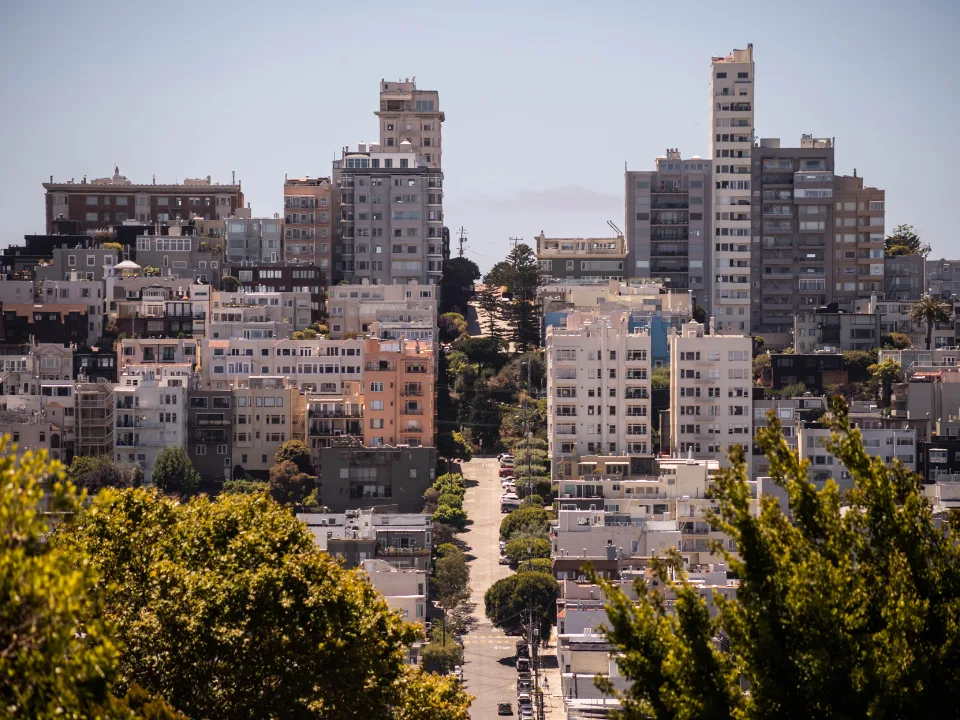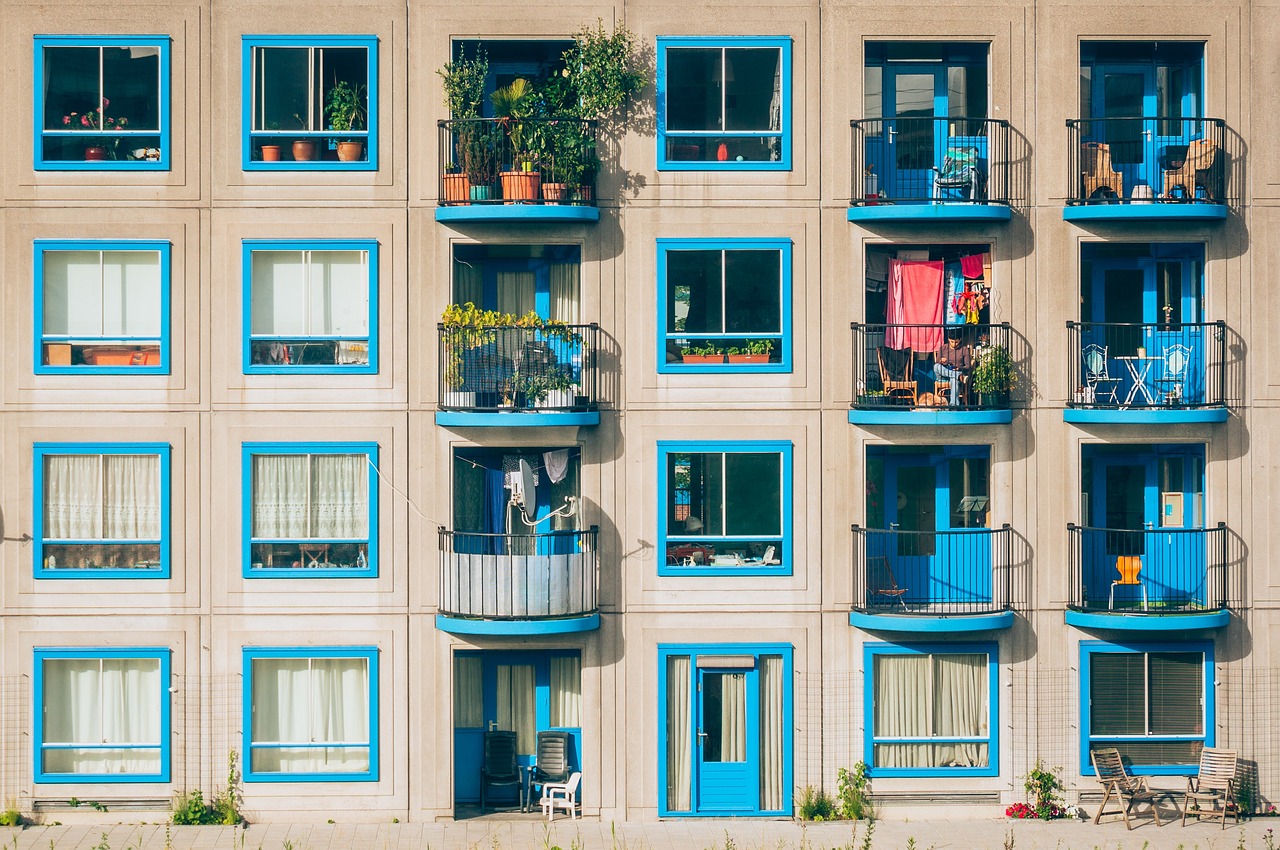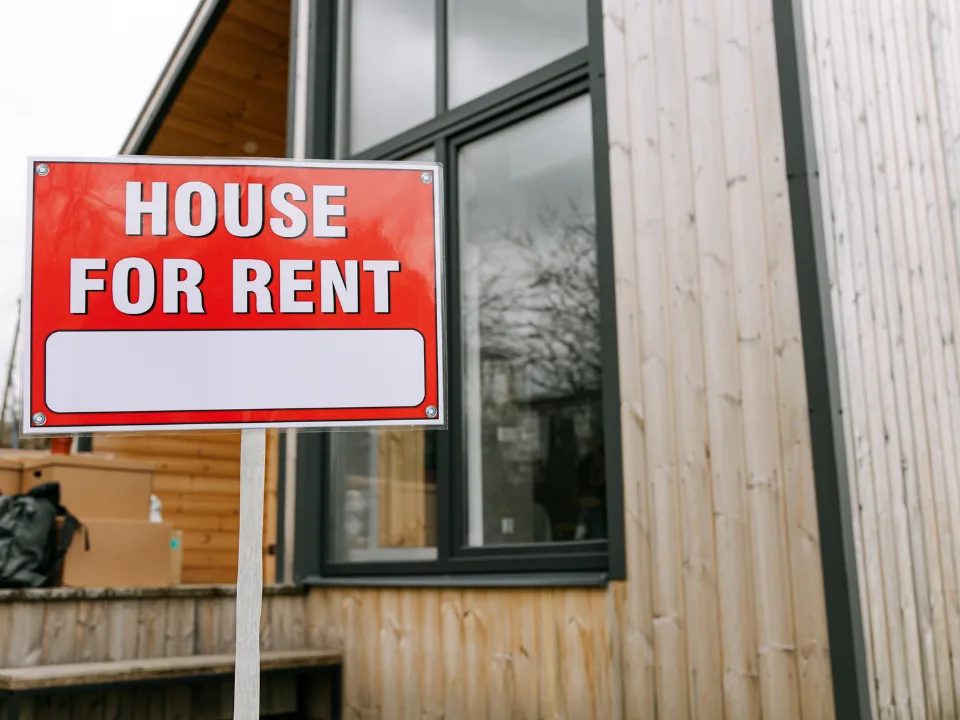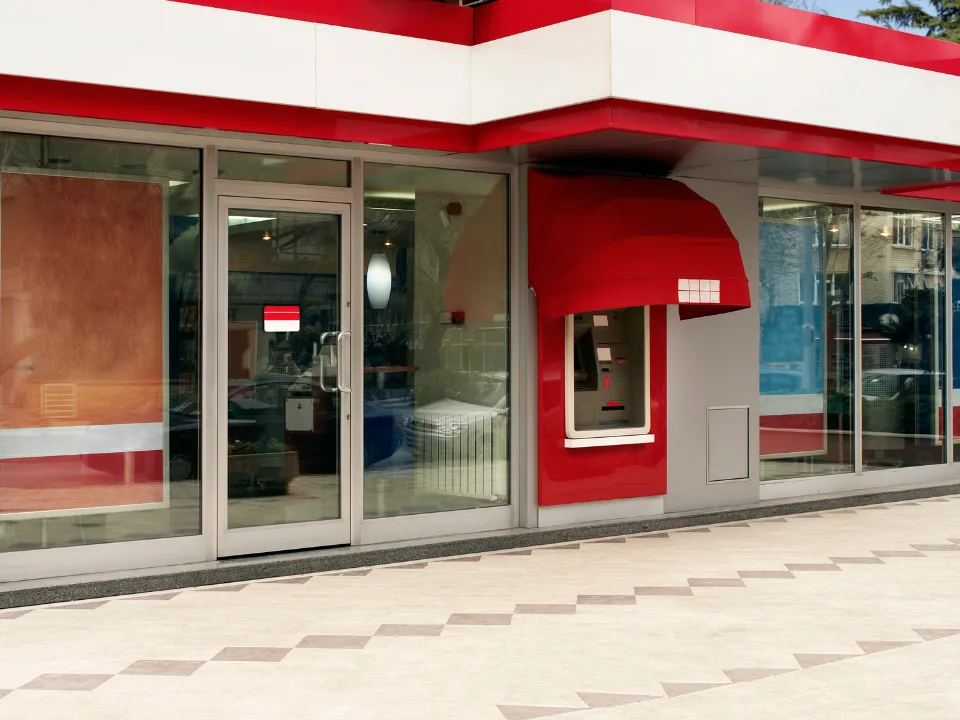- The increased national average apartment occupancy rate of 94.2% in April reflects sector-wide stabilization.
- Subdued rent growth persists due to abundant new supply despite improved occupancy rates.
- Regional markets show varied performance, revealing a complex, shifting landscape of supply and demand dynamics.
Nationwide, rising apartment occupancy rates signal a potential rebound following years of declines. In fact, it’s the first time occupancy has shot up since early 2022.
Improved occupancy signals rebound
After endless months of declining rates, the national average apartment occupancy rate increased to 94.2% in April, 10 bps above March, according to RealPage.
This uptick was observed in all U.S. regions, showing strengthening demand following a robust Q1 in which over 100K units were absorbed.
Market dynamics appear to be returning to seasonal norms, with late spring/early summer showing heightened demand. Multifamily’s upward trajectory suggests a favorable outlook for CRE professionals navigating rapidly changing rental trends and market saturation.
Too much supply? Slower rent growth
Despite improved occupancy, apartment rents remained modest due to abundant new supply. Effective rents saw marginal gains, leading to just 0.1% YoY growth across the country, thanks to a -1.4% dip in the South balanced out by 2.4–2.7% rent growth in the Northeast and Midwest. RealPage forecasts subdued rent growth throughout 2024.
While seasonal factors boosted rents and occupancy levels, the industry continues to face challenges in attaining historically normal growth rates, due in part to the ongoing supply-demand imbalance. Currently, the annual demand for apartments is pegged at 317.24K units, but annual supply is a whopping 479.37K units.
Regional rent differences
Different regional markets showcased varied performance metrics, with some weaker markets revealing signs of improvement, while regions that benefited from the pandemic years are finally showing signs of weakness.
Major Sun Belt metros like San Antonio, Memphis, and Fort Worth saw higher occupancy, although they still lagged behind YoY benchmarks and reported falling rent growth. Meanwhile, formerly neglected Midwestern cities like Milwaukee, Cleveland, and Kansas City are topping the rent growth list.
Why It Matters
While these findings aren’t necessarily surprising, they reveal that apartment occupancy and rent growth—often barometers for CRE as a whole—are finally turning the corner.

















